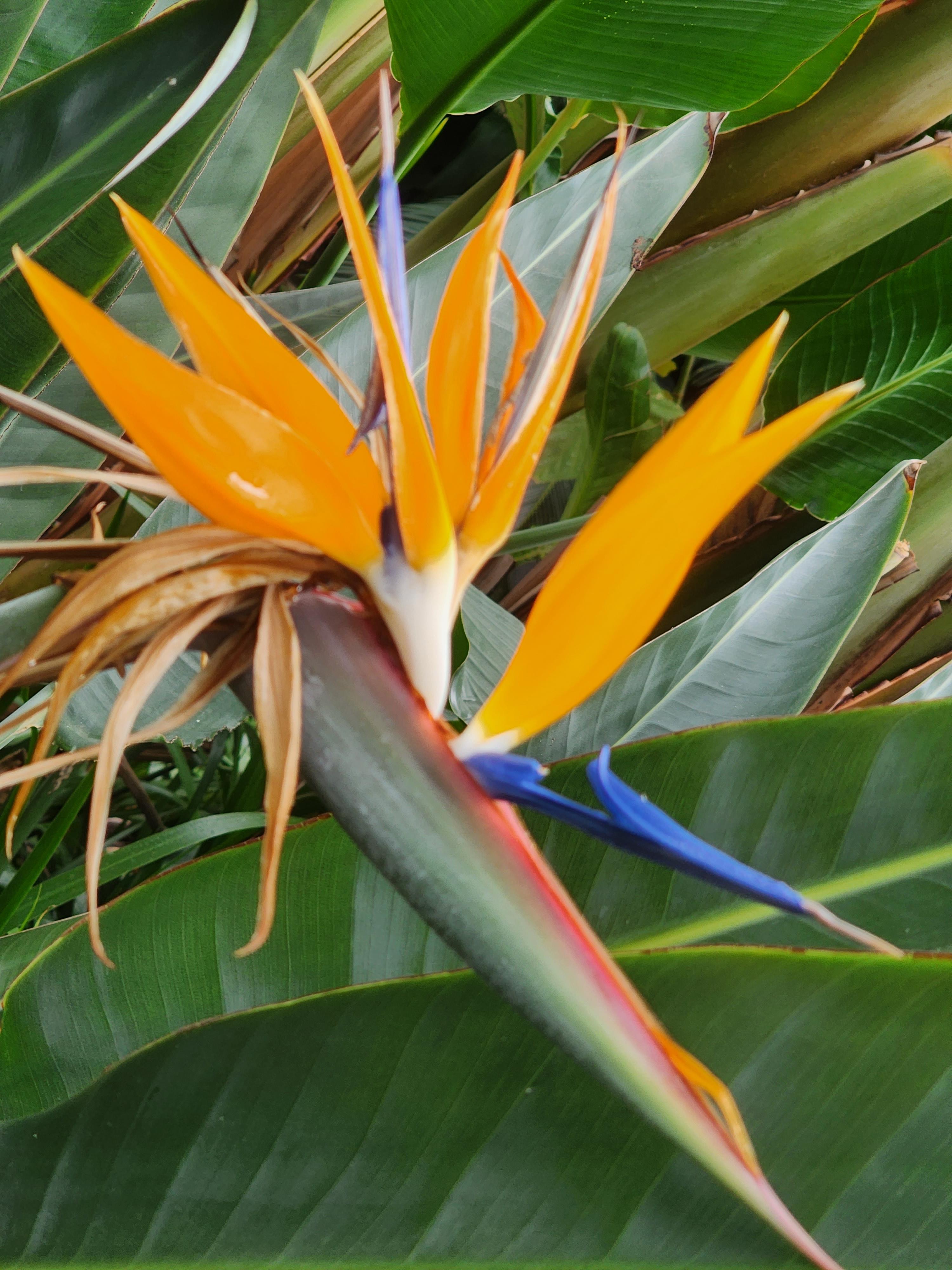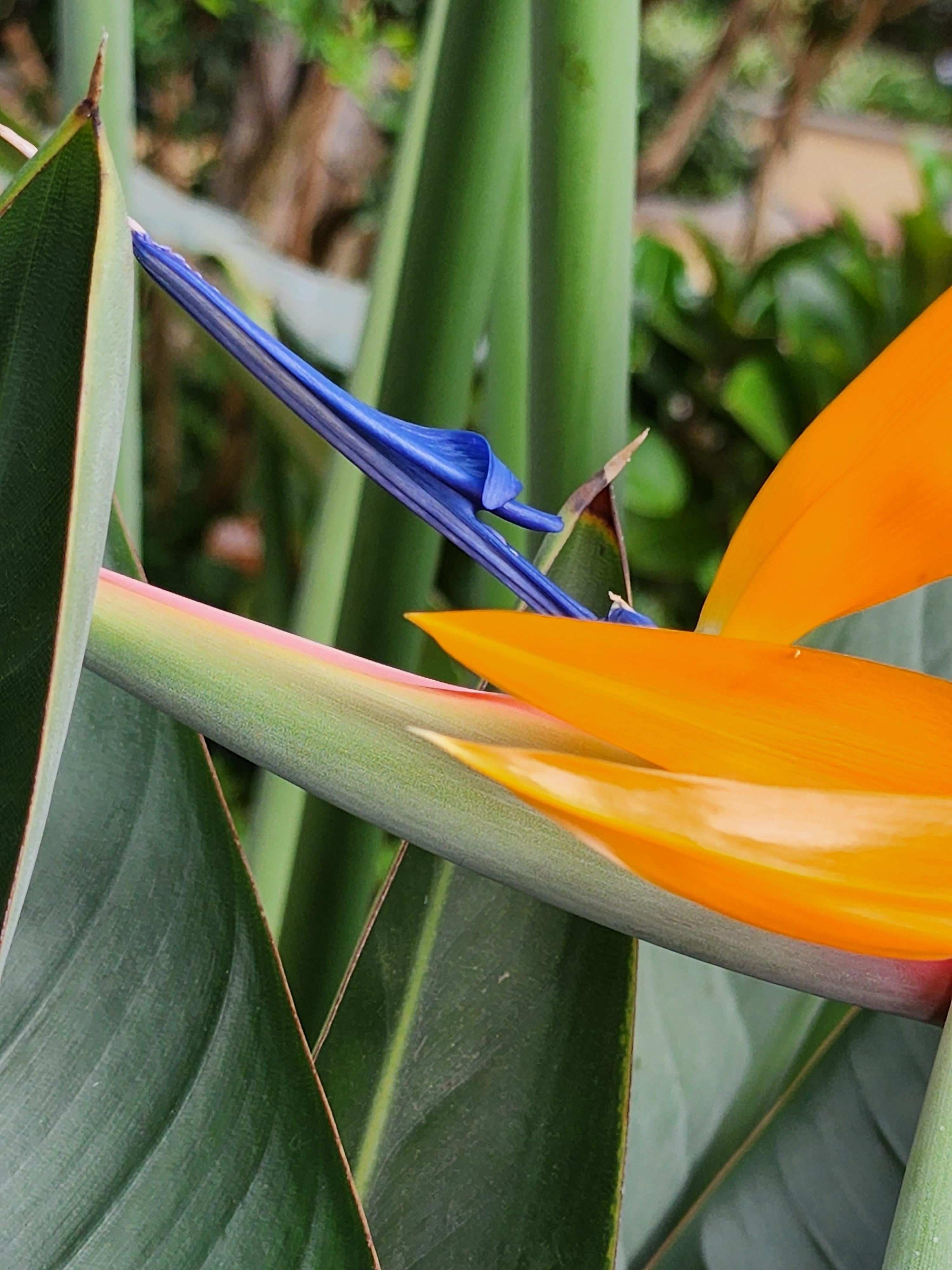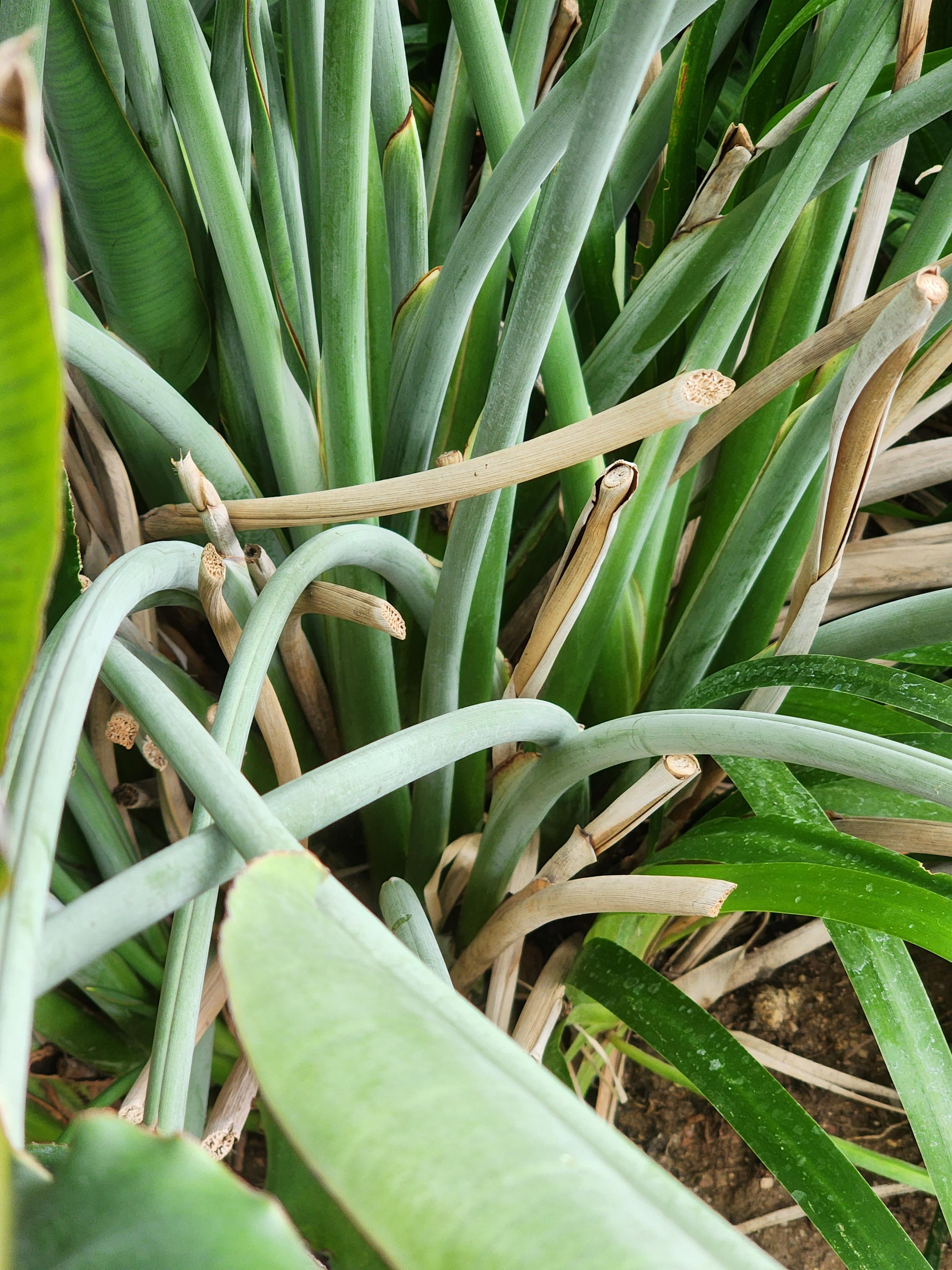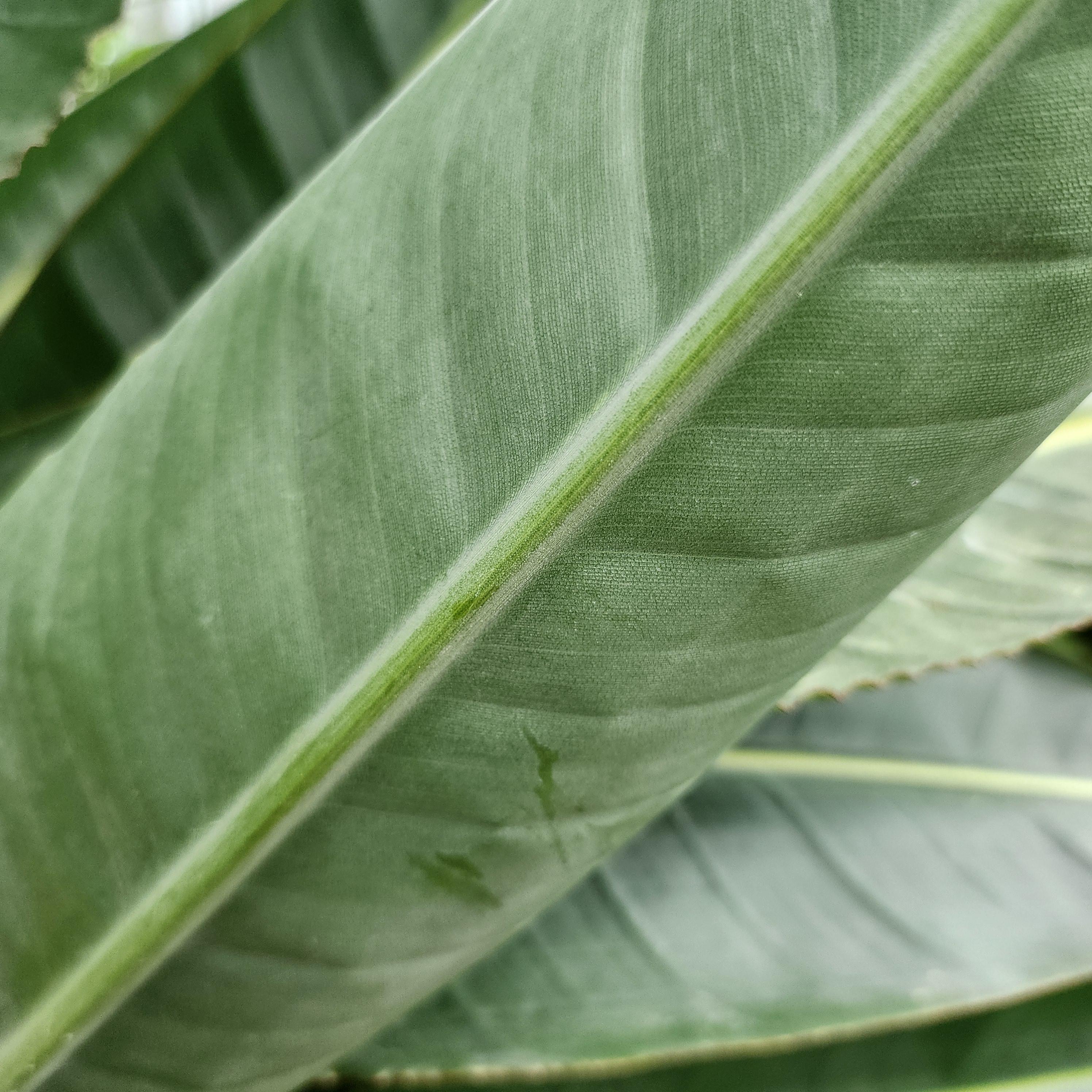극락조화(1)
https://daehyo49.tistory.com/7808365
학명 : Strelitzia reginae Banks
분류: 극락조화과(Strelitziaceae) 극락조화속(Strelitzia)
* 종전에는 파초과(Musaceae)으로 분류되었으나 근래(APG II system, 2003)에 독립된 과로 설정되었다. (참고: http://en.wikipedia.org/wiki/Strelitziaceae)
영명: Bird of Paradise or Crane Flower
학명 풀이:
Strelitzia : Named for Charlotte of Mecklenberg-Strelitz, Queen to George 3rd
reginae: 왕비의
원산지 : 남아프리카
이름의 유래:
뉴기니아와 오스트레일리아에 서식하는 새인 극락조가 있는데 그 새를 닮아서 극락조화라고 불리게 되었다.



















아래 : 2023.02.28 부천식물원





아래 : 2023.02.23 인천대공원





아래 : 2023.02.21 부천수피아식물원





아래 : 2023.01.31 고속터미널



아래 : 2023.01.31 대전한밭수목원




아래 : 2024.05.11 춘천 강원도립화목원




엽맥이 다소 경사져 있다
[아래 부채파초(여인초) 엽맥과 비교]

엽맥은 거의 90도
국표식에 3종이 등재되어 있다
재배식물 정명 Strelitzia reginae Banks 극락조화 2011/12/08
재배식물 정명 Strelitzia nicolai Regel & K.Koch 니콜라이극락조화 2018/07/23
재배식물 정명 Strelitzia juncea Link 원주극락조화
위키 설명
Strelitzia reginae, commonly known as the crane flower, bird of paradise, or isigude in Nguni,[3] is a species of flowering plant indigenous to South Africa. An evergreen perennial, it is widely cultivated for its dramatic flowers. In temperate areas it is a popular houseplant.
Taxonomy
Joseph Banks described the species in 1788.[2] The specific epithet reginae means “of the queen”, and commemorates the British queen Charlotte of Mecklenburg-Strelitz, wife of George III.[3] Common names such as “crane flower” and “bird of paradise” reference the open flower’s resemblance to the head and beak of a colourful exotic bird.[4]
A new subspecies was discovered growing alongside the Mzimvubu River in South Africa’s Eastern Cape in 2002.[5] When wild-collected plants began to flower in the greenhouse at Kirstenbosch, they were noted to have white, rather than the typical blue inner petals. They also had a shorter stigma (10–15 millimetres (3⁄8–9⁄16 in) vs. 30 millimetres (1+3⁄16 in)) and subtle differences of the leaves. The new subspecies is called Strelitzia reginae subsp. mzimvubuensis.[6]
Genetic analysis reveals Strelitzia juncea has been shown to be genetically nested within S. reginae. It is possibly a mutation that is in the process of speciating.[7]
Description
The plant grows to 2 m (6+1⁄2 ft) tall, with large, strong leaves 25–70 cm (10–28 in) long and 10–30 cm (4–12 in) broad, produced on petioles up to 1 m (40 in) long. The leaves are evergreen and arranged in two ranks, making a fan-shaped crown. The flowers stand above the foliage at the tips of long stalks. The hard, beak-like sheath from which the flower emerges is termed the spathe. This is placed perpendicular to the stem, which gives it the appearance of a bird's head and beak; it makes a durable perch for holding the sunbirds which pollinate the flowers. The flowers, which emerge one at a time from the spathe, consist of three orange sepals and three purplish-blue or white petals. Two of the petals are joined together to form an arrow-like nectary. When the sunbirds sit to drink the nectar, the third petal opens to release the anther and cover their feet in pollen.[8]
'원예.재배식물' 카테고리의 다른 글
| Abroma augustum(악마의솜) (0) | 2023.01.02 |
|---|---|
| Bauhinia aculeata(white orchid-tree) (0) | 2023.01.01 |
| Caladium (0) | 2023.01.01 |
| Evolvulus glomeratus(아메리칸블루)(3) (0) | 2022.12.31 |
| Brassia verrucosa (2) (0) | 2022.12.31 |